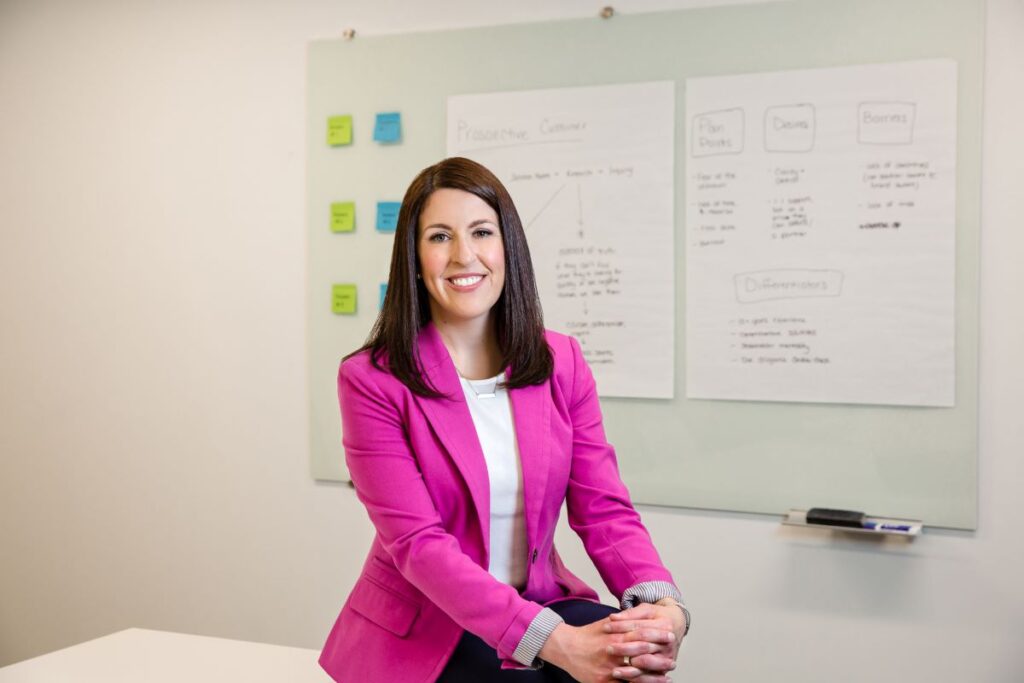How I Manage Money: at Home, part 2
Hey there, how is your day? Your week? Your month? It’s heavy out there, and very rightly so. Whoever you are and wherever you are: you’re allowed to feel what you’re feeling, especially if it’s discomfort. I hope that you’re out there, having difficult conversations – with yourself and others. Asking questions. Listening. Feeling some anger. Some fear. But also, perhaps, a tiny glimpse of hope?
While on the surface it may feel abrupt to continue on with How I Manage Money, I’d like to share the perspective that, in fact, it couldn’t be more on point. For as we said last week in the (Im)balance of Power: “Money is power.” So, how we spend our money speaks money for what we value and how we disperse our power.

When we chatted two weeks ago, your assignment was to organize and analyze the past six months of your finances, to understand (not judge): “How do I spend my money?”
If you used ModMoney’s template, this nicely categorizes your expenses into three buckets and tells you what percentage you spend on each:
- Living Expenses
- Discretionary Expenses
- Savings
Once that is done, we can move to step…
2. Reflect: “What do I value, and what are my values? How do my spending choices reflect these (or not)?”
I’ll share our personal example. I’m not sure why this is, but ever since I was an adolescent, I’ve valued three things:
- having one or two nice things over lots of things;
- experiences over stuff (you can only imagine the terror that buying a house brought me!); and
- a cushion. Having an emergency fund plus extra savings in various vehicles makes me feel abundant so that if an attractive opportunity arises, I’m ready.
To this day, there are many things I want but put off buying for years, simply because I want to make triply or quadruply sure that I reeeeally want it. I hemmed and hawed over my last exciting accessory purchase for three years, and even then, I was trying to time currency conversions and duty free to get the best deal, ha. And on the experience side, Dave and I always want to be in a position to say yes to (a) vacation and (b) anything food-related. These are our priorities in our day-to-day life. Also, right now, we’re saving for some house works, so we’re doubling down on that cushion for our future selves.
All this means that for us (right now), our category targets are:
- Living expenses: 38%
- Discretionary expenses: 34%
- Savings & charitable contributions: 28%
I say “right now” because we re-evaluate our targets on an annual basis, adjusting for salary updates, new goals for our household, and the occasional Julie temper tantrum 🙂
Next Steps
1. Ask yourself (and your partner, if that’s applicable) what you value and what you want for your family (figuratively and literally). Ramit Sethi has some cool prompts in his book I Will Teach You to be Rich. If you want the Cliff’s Notes version, take a peek at this 5 minute video on his “Money Dial” concept on the Tim Ferriss Show. I found it to be a really helpful prompt to think about what I value in concrete terms.
2. Two weeks ago, I said “no judgment,” but now you may judge yourself (I kid, I kid). But seriously, look at your analysis and call out what’s off. What’s the difference between how you have been spending money and how you want to be spending money? How is the your currency flow with and against what you value?
3. Then, decide realistically what changes you will make and your new target percentages. Personally, I don’t like getting into the weeds on every single line item. For example, within Discretionary we know that during certain months of the year we’ll spend a lot on gifts. While in others, we’ll be ratcheting up the travel dollars. So therefore, we keep our percentages at the category level: Living, Discretionary, and Savings.
4. Set up a user-friendly system so that you can track your spending from now on. We’ll continue coming back to this on a monthly basis, and chances are, you had to do a lot of manual work to pull the past six months of data together; so we want to streamline. Mint.com and Personal Capital are two U.S. financial aggregators (we use Mint). Pocketsmith appears to be a similar software that serves other English-speaking countries.
5. Have a heartfelt conversation with your family about your values – or what issues you’re going to take a stand for. In our family it’s economic inequality because we think that this is at the root of so many other systemic issues (money = power). But yours has to be personal and passionate to you.
We’re going to make giving back part of your automated financial habits so that when crises hit, you don’t have to react. You’re proactively and consciously part of the solution. You’re in the habit of putting your money where your mouth is, putting energy toward what you value and your values.


